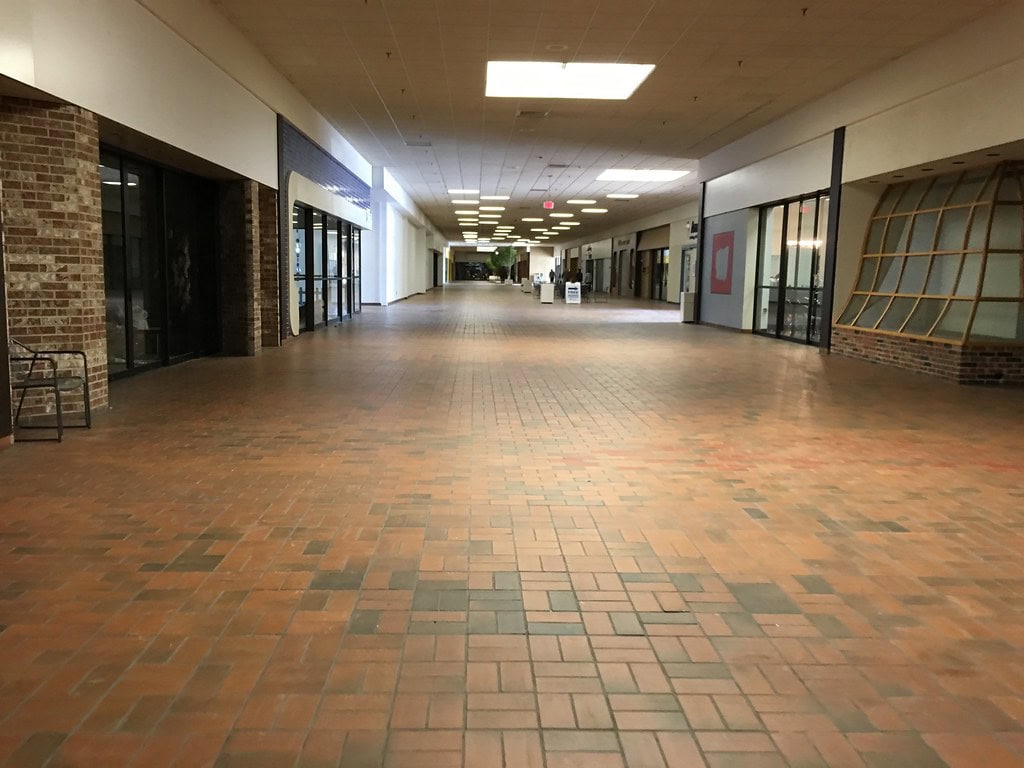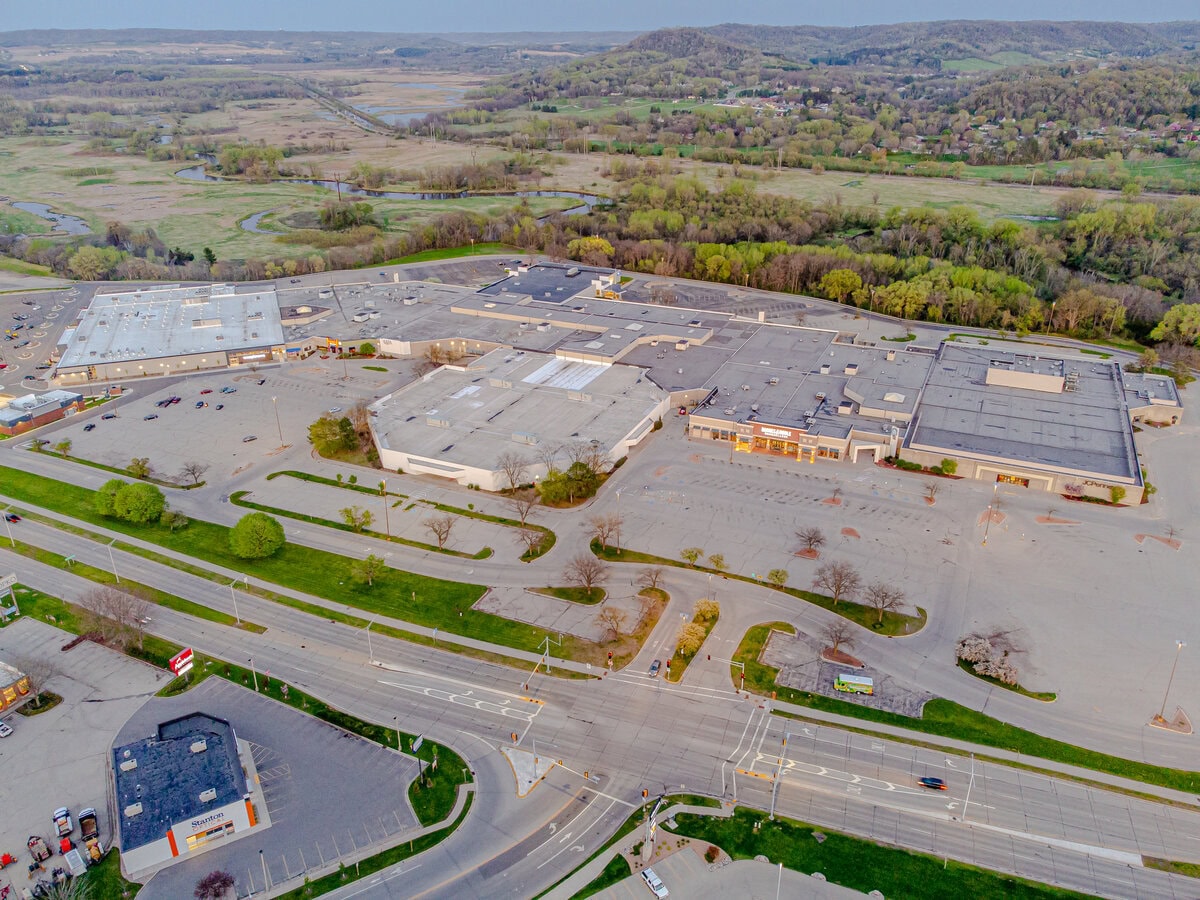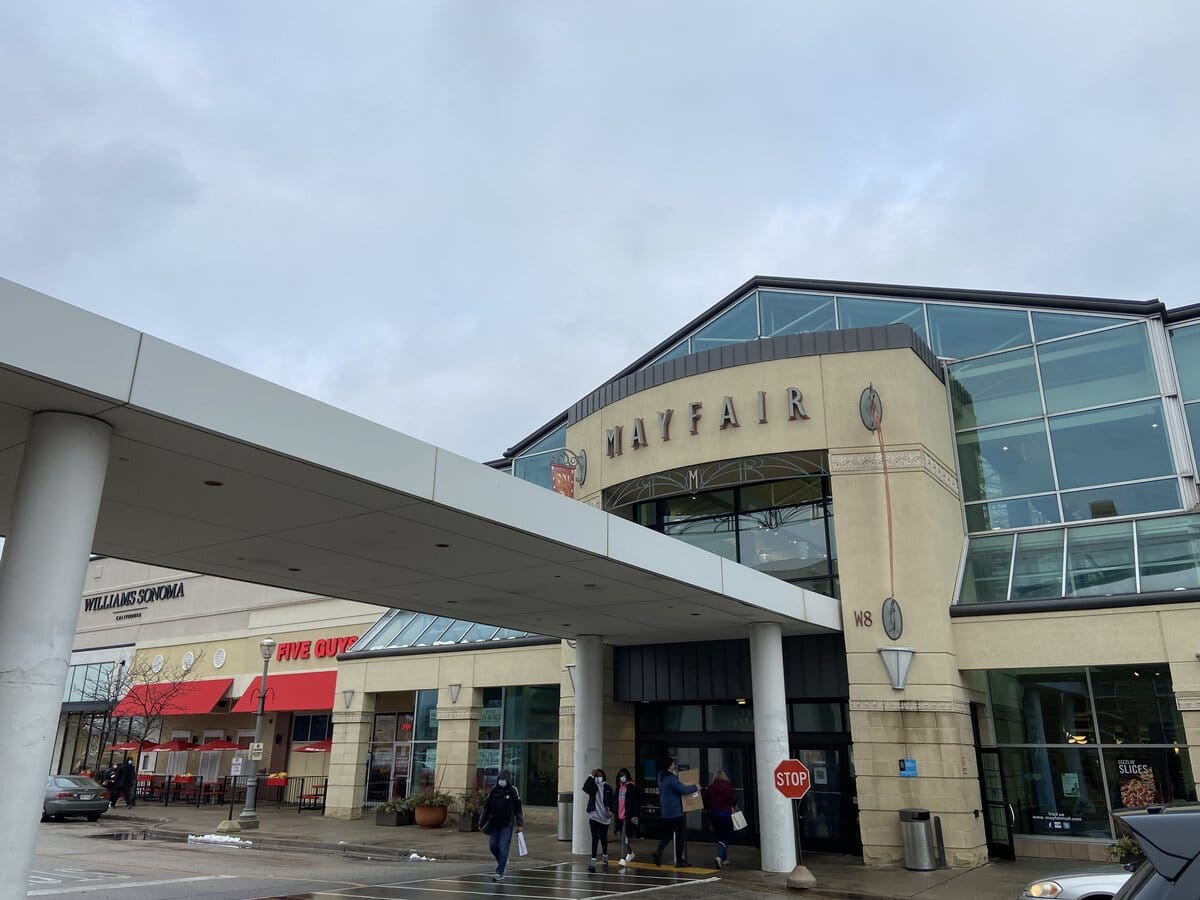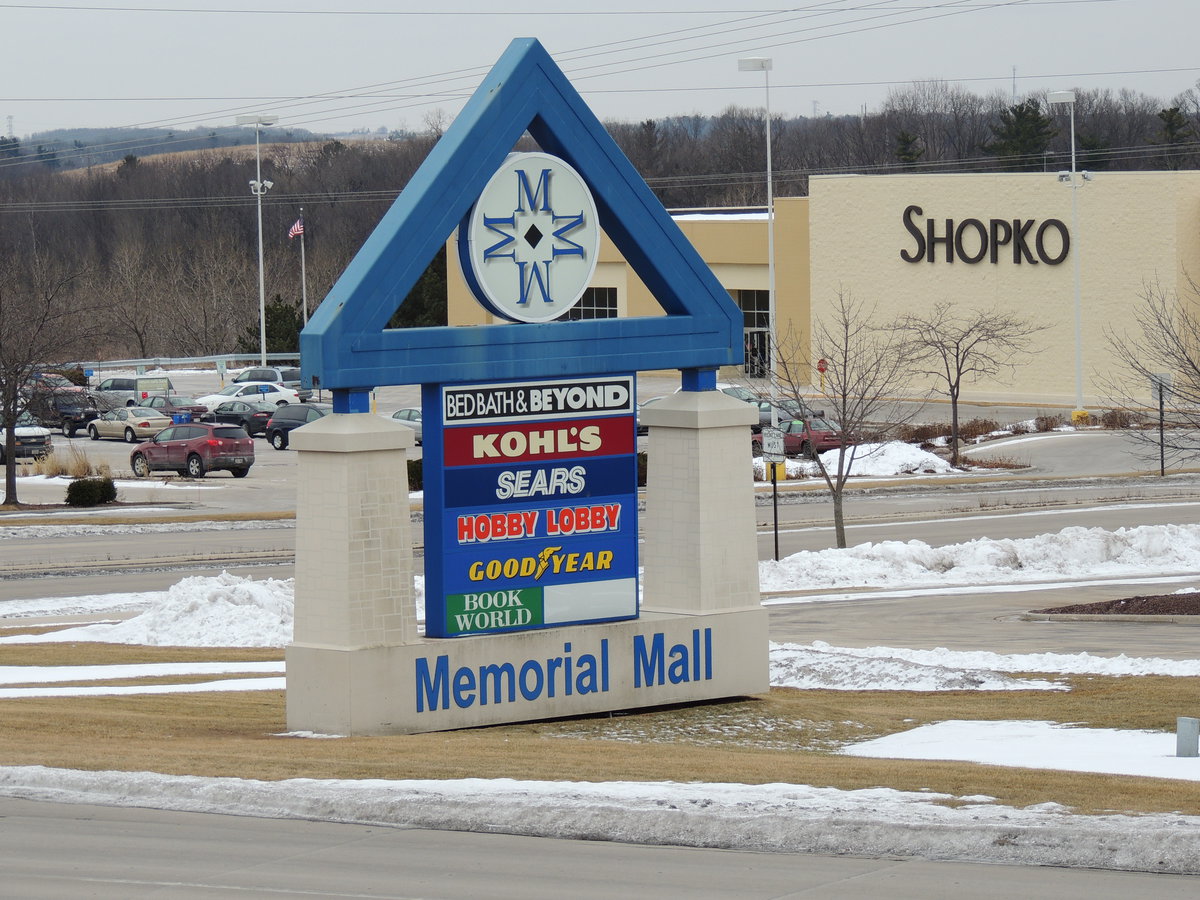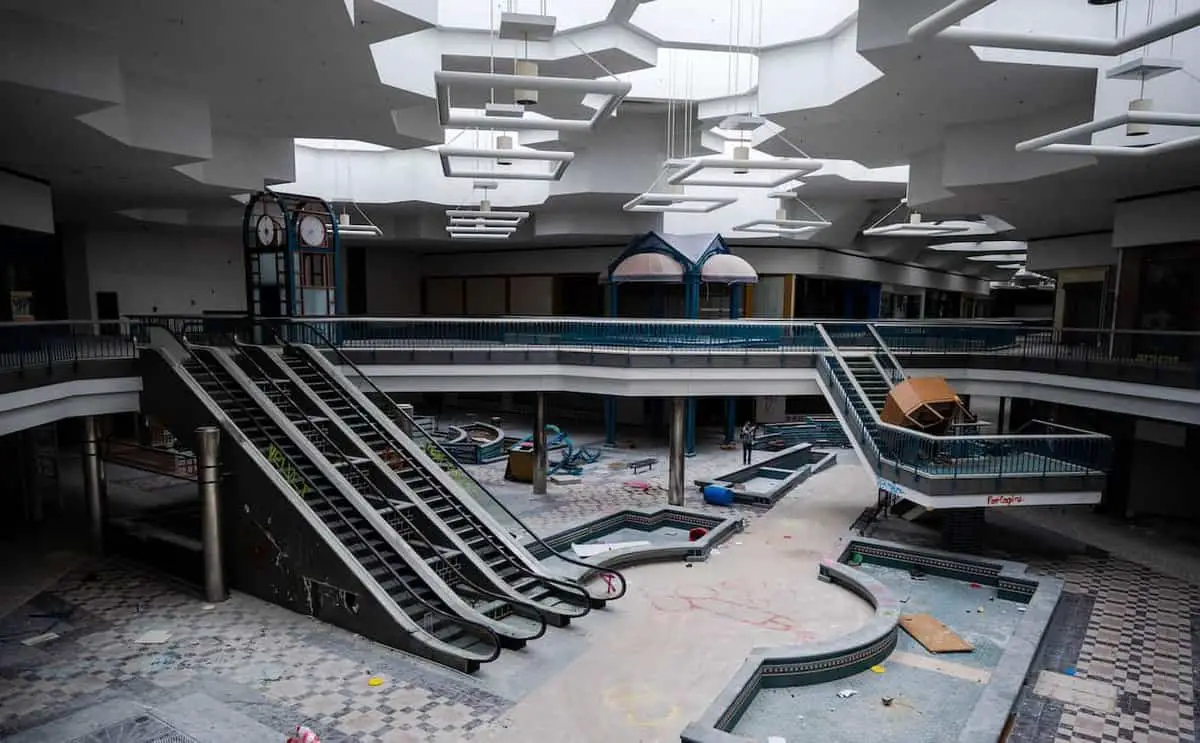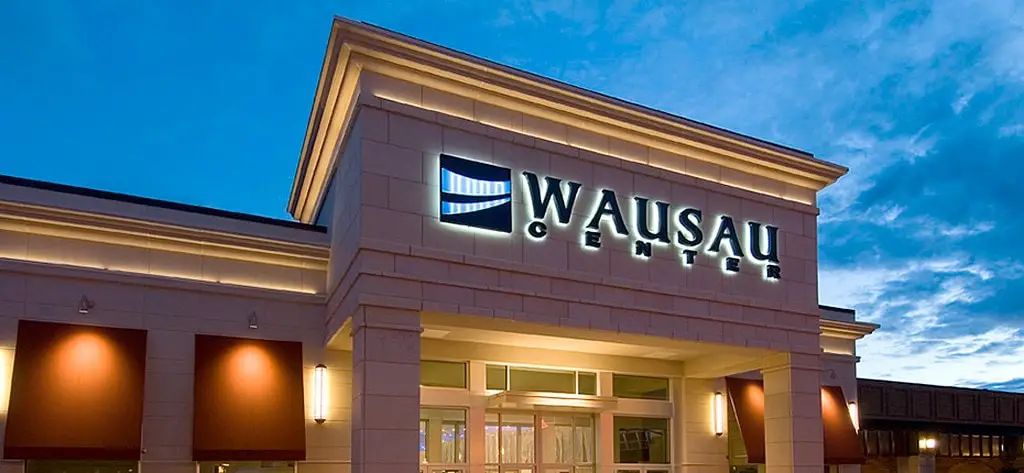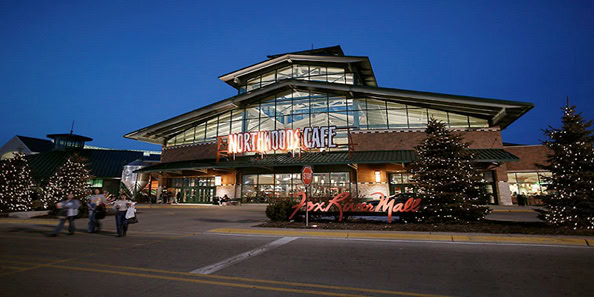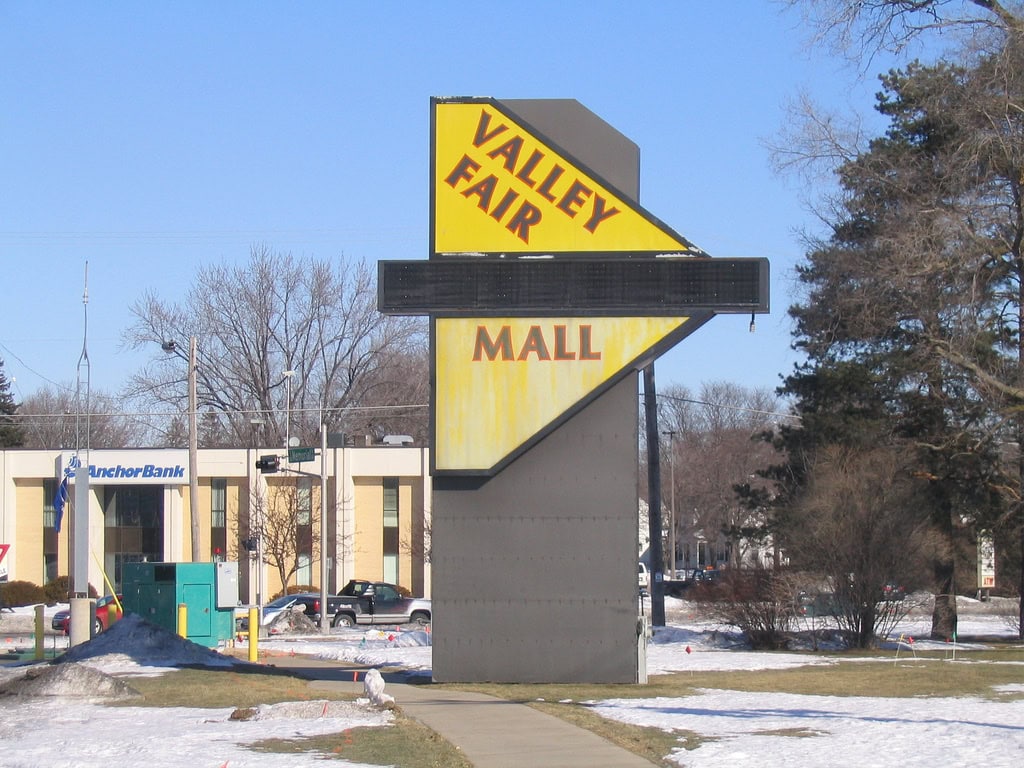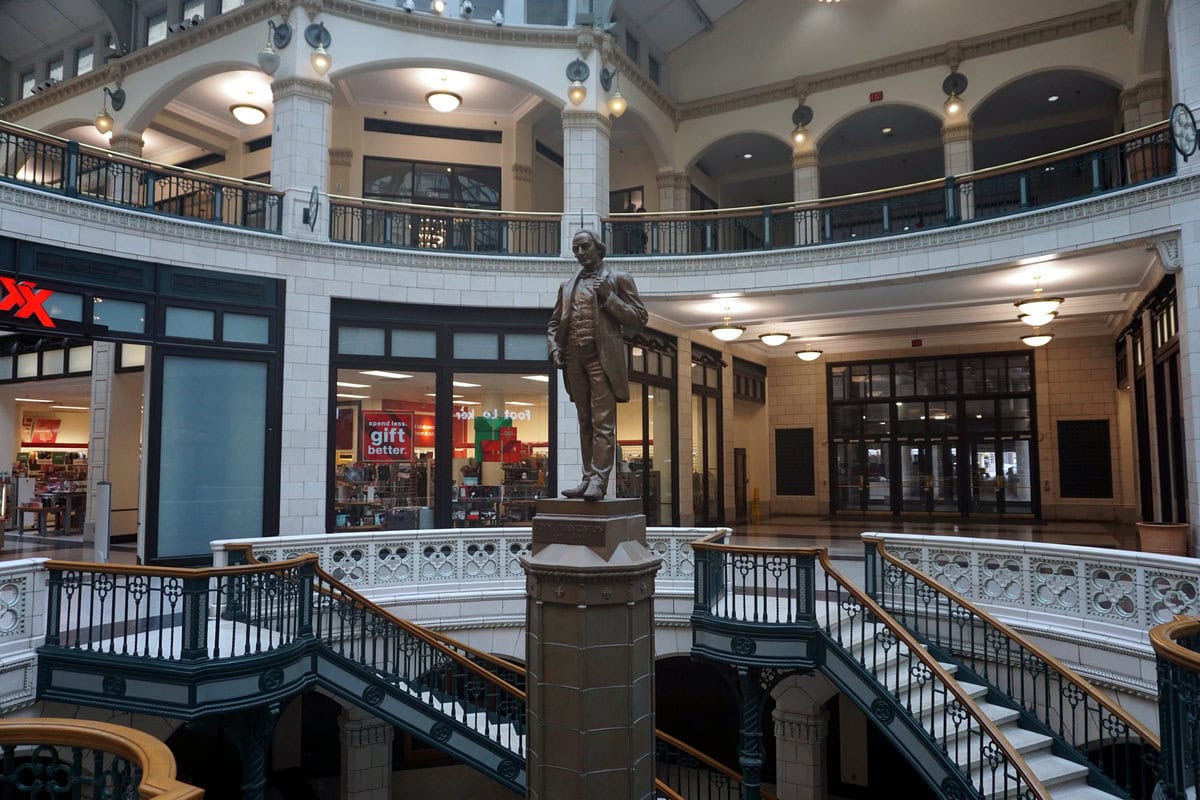Origins of Brookfield Square (1960s)
Brookfield Square opened its doors in 1967, setting the stage for suburban retail in Brookfield, Wisconsin. Developed by the Richard E. Jacobs Group, the mall was designed to serve the rapidly growing suburban communities surrounding Milwaukee.
It was positioned perfectly at the intersection of Moorland Road and Bluemound Road, close to Interstate 94, making it easily accessible to shoppers from the greater Milwaukee area.
In its early days, Brookfield Square featured three main anchor stores: JCPenney, Sears, and Kohl's Food Store. These anchors were supported by a mix of 60 smaller retailers, including Walgreens and Woolworth's.
This combination of national department stores and well-known retailers established the mall as a shopping destination catering to the residents' needs.
The opening of Brookfield Square marked an important moment for suburban retail in Wisconsin, offering convenience and variety in one location.
The mall's single-story design was typical of the era, with a focus on ease of movement and central access. Over time, the layout evolved, but in the 1960s, it was all about simple, practical shopping experiences.
Early visitors could find things to do in Brookfield, WI, such as enjoying lunch at the local Woolworth's or exploring the variety of goods at Kohl's Food Store.
Expansion and Transformation (1970s-1990s)
The 1970s and 1980s marked a period of change for Brookfield Square. In 1977, Kohl's Food Store, one of the mall's original anchor tenants, vacated its space.
This change led to the opening of Houlihan's, a popular restaurant chain that catered to a growing demand for dining options within shopping centers.
Woolworth's, a long-time fixture in American shopping culture, closed its store in 1994. In its place, the mall created a new food court, introducing a more modern dining experience for shoppers.
This shift symbolized a transition in retail, where traditional department stores and five-and-dime retailers made way for more food and leisure spaces.
By the end of the 1990s, the mall housed new eateries and was actively reshaping its interior to keep up with the times.
The late 1990s also saw the departure of the mall's single-screen cinema, reflecting changes in how people consumed entertainment. Multiplex theaters were becoming the norm, and the smaller, standalone movie theaters within malls couldn't keep up.
These changes, while gradual, helped set the stage for more extensive renovations that would come in the following decades.
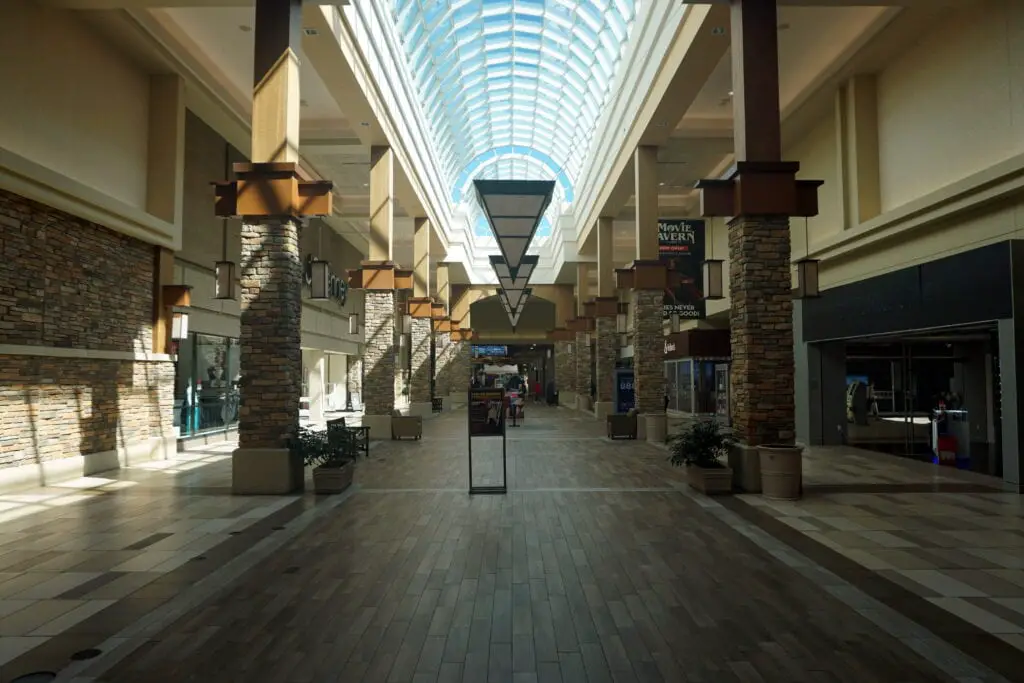
Renovations and Modernization (2000s)
By the early 2000s, Brookfield Square underwent a series of renovations to maintain its competitive edge. The most notable update occurred in 2004 when the mall's owners initiated a comprehensive remodeling effort.
This project revamped the interior with a fresh, contemporary look and added several new outparcel stores.
Along the mall's exterior, new restaurants like Bravo! Cucina Italiana provided more dining choices, attracting visitors who wanted more than just shopping.
In 2005, a two-story Barnes & Noble opened outside the mall's main entrance, becoming a focal point for visitors interested in books, magazines, and café culture.
The addition of this store was part of a broader strategy to introduce destination retailers that could attract more foot traffic and encourage longer visits.
The modernization efforts continued into 2008 when the mall added a new food court with 600 seats and a variety of dining options.
This renovation, coupled with additional parking spaces, aligned Brookfield Square with national trends in shopping mall development.
Anchor Store Transitions and Closures (2010s)
The 2010s brought major changes to Brookfield Square, starting with the closure of some of its long-standing anchor stores. In September 2014, Sears temporarily closed due to structural concerns with its roof.
A few years later, in March 2018, the company closed its Brookfield Square location permanently as part of a nationwide plan to shut down 103 stores. This left a major vacancy in the mall, reshaping its retail landscape.
Not long after, Boston Store, another of Brookfield Square's original anchors, also closed its doors in August 2018. This closure was part of the larger bankruptcy of Bon-Ton Stores, the parent company of Boston Store.
The loss of two major anchors within such a short period posed challenges for the mall, but it also presented new opportunities for redevelopment.
Despite these closures, Brookfield Square pivoted by attracting new entertainment and lifestyle tenants.
By fall 2019, the vacant Sears space was replaced by Movie Tavern by Marcus Theatres, a dine-in movie theater, and WhirlyBall, an entertainment venue featuring bumper cars, laser tag, and arcade games.
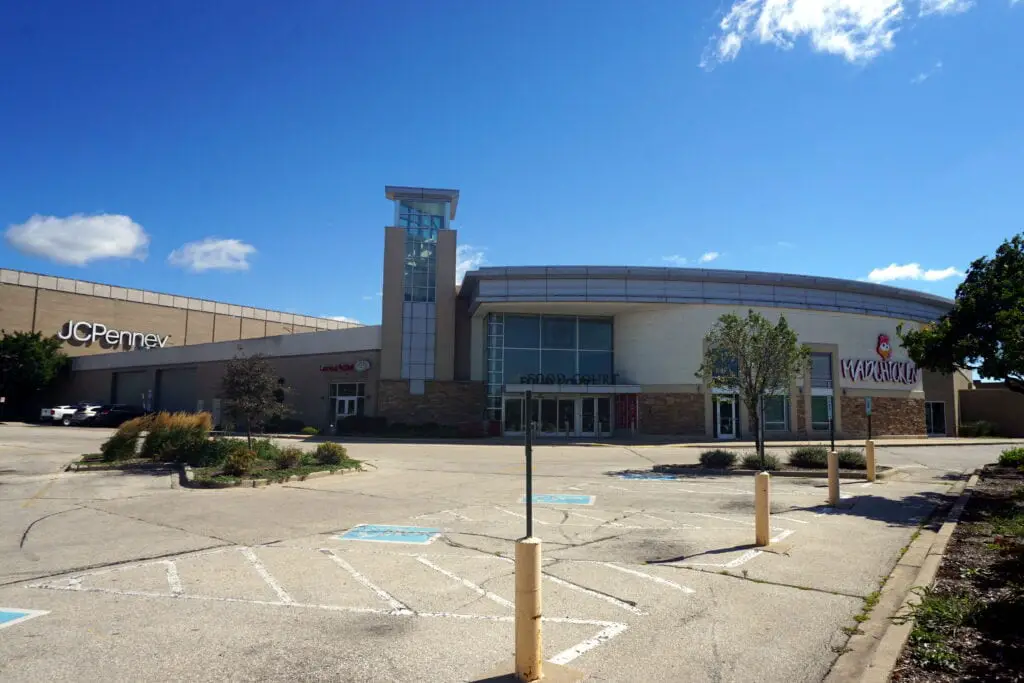
The Mall in the Present Day (2020s)
As Brookfield Square entered the 2020s, the mall continued to adapt to changing retail trends. In 2022, it was announced that the former Boston Store site would be transformed into a mixed-use space.
Plans included a new medical center and the possibility of a hotel, further signaling the mall's shift towards a blend of retail, entertainment, and service-oriented businesses.
Today, Brookfield Square remains a hub for shopping and entertainment, featuring more than 70 stores and dining options.
JCPenney remains one of the few original anchor tenants, while newer additions like Movie Tavern by Marcus and Fries and WhirlyBall have helped keep the mall vibrant.
One Medical, a modern primary care provider known for integrating technology with healthcare, will open a branch in Brookfield Square, Brookfield, WI in December 2024.
One Medical provides various healthcare services, including same and next-day appointments, virtual care through video visits, and personalized digital health reminders, creating an efficient and patient-friendly experience.
With CBL & Associates Properties overseeing management, the mall continues to evolve, adapting to the needs of both shoppers and businesses in the Brookfield, WI, area.

